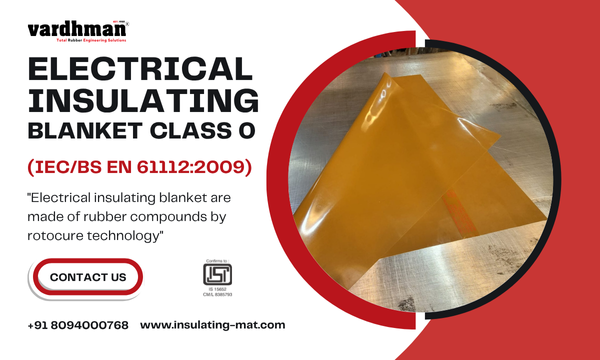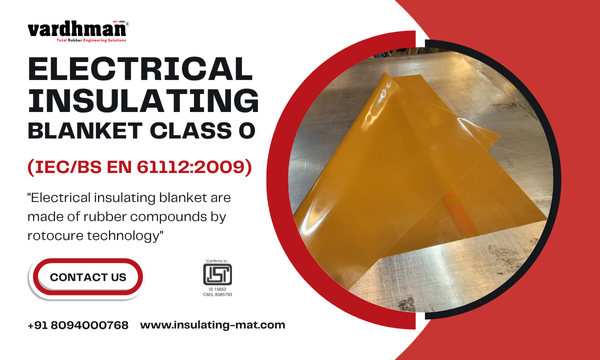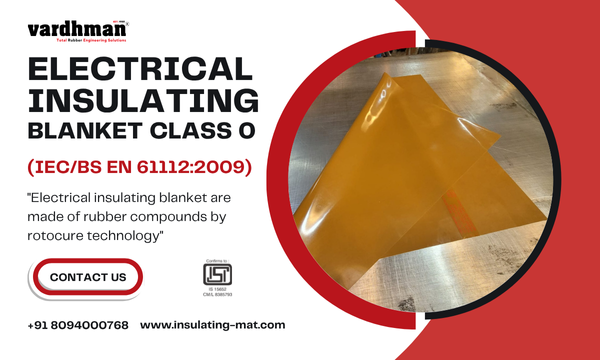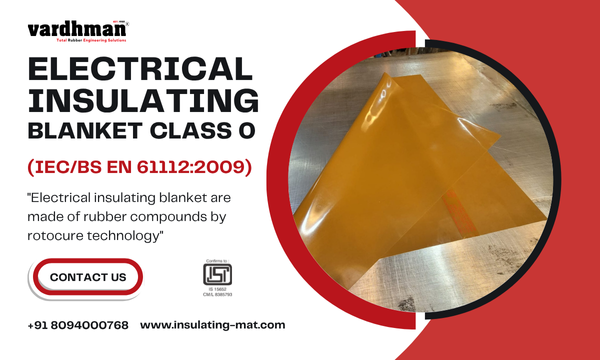
Singapore has emerged as a global leader in workplace safety standards. This case study examines how the city-state has successfully implemented advanced electrical safety measures across its industrial sector.
Background
With a highly developed economy and world-class infrastructure, Singapore set ambitious goals to achieve zero workplace fatalities. Electrical safety became a key focus area, particularly in manufacturing and construction sectors.
Regulatory Framework
Singapore's approach includes:
- Workplace Safety and Health Act: Comprehensive legislation covering all aspects of workplace safety
- Electrical Installations Standards: SS 638 (Singapore Standard for Electrical Installations)
- Ministry of Manpower (MOM) Guidelines: Specific requirements for electrical work
- Mandatory Certification: All electrical safety equipment must be certified
Implementation Strategy
Phase 1: Assessment and Planning (2018-2019)
- Comprehensive audit of existing electrical safety practices
- Identification of high-risk industries and workplaces
- Development of implementation roadmap
- Stakeholder consultation and buy-in
Phase 2: Standards Development (2019-2020)
- Creation of detailed technical specifications
- Alignment with international standards (IEC, ASTM)
- Establishment of testing and certification protocols
- Publication of guidelines and best practices
Phase 3: Industry Rollout (2020-2022)
- Mandatory compliance for new facilities
- Grace period for existing facilities to upgrade
- Government subsidies for SMEs
- Regular inspections and audits
Key Components
1. Insulating Mat Requirements
All electrical panel areas must have:
- Certified insulating mats with appropriate voltage ratings
- Proper installation and secure fastening
- Regular testing and maintenance records
- Clear marking and identification
2. Training Programs
Comprehensive training initiatives:
- Licensed electrician certification program
- Worker safety awareness training
- Supervisor and safety officer courses
- Ongoing professional development
3. Technology Integration
- Digital inspection and reporting systems
- QR code tracking for safety equipment
- Real-time monitoring of high-risk areas
- Data analytics for predictive safety
Results and Impact
Quantitative Outcomes (2018-2023)
- 75% reduction in electrical-related workplace accidents
- 90% decrease in fatal electrical incidents
- 95% compliance rate across industries
- Significant reduction in insurance claims
Qualitative Benefits
- Enhanced safety culture across industries
- Improved worker confidence and morale
- Singapore recognized as safety leader in region
- Attraction of international investment
Challenges and Solutions
Challenge 1: SME Compliance Costs
Solution: Government grant scheme covering up to 80% of safety equipment costs for qualifying SMEs.
Challenge 2: Skills Gap
Solution: Partnership with polytechnics and training providers to increase licensed electrician supply.
Challenge 3: Legacy Infrastructure
Solution: Phased compliance approach with technical support for facility upgrades.
Lessons Learned
- Strong regulatory framework is essential but must be balanced with industry support
- Technology can significantly enhance compliance and monitoring
- Training and awareness are as important as physical safety equipment
- Regular review and updating of standards keeps pace with industry evolution
- Public-private partnerships accelerate successful implementation
Future Directions
Singapore continues to advance electrical safety through:
- Integration of IoT sensors for real-time safety monitoring
- AI-powered risk assessment and prediction
- Advanced materials research for next-generation insulating equipment
- Regional leadership and knowledge sharing
Conclusion
Singapore's systematic approach to electrical safety demonstrates that comprehensive standards, strong enforcement, and industry support can dramatically reduce workplace hazards. This case study provides a blueprint for other nations looking to enhance their electrical safety frameworks.




